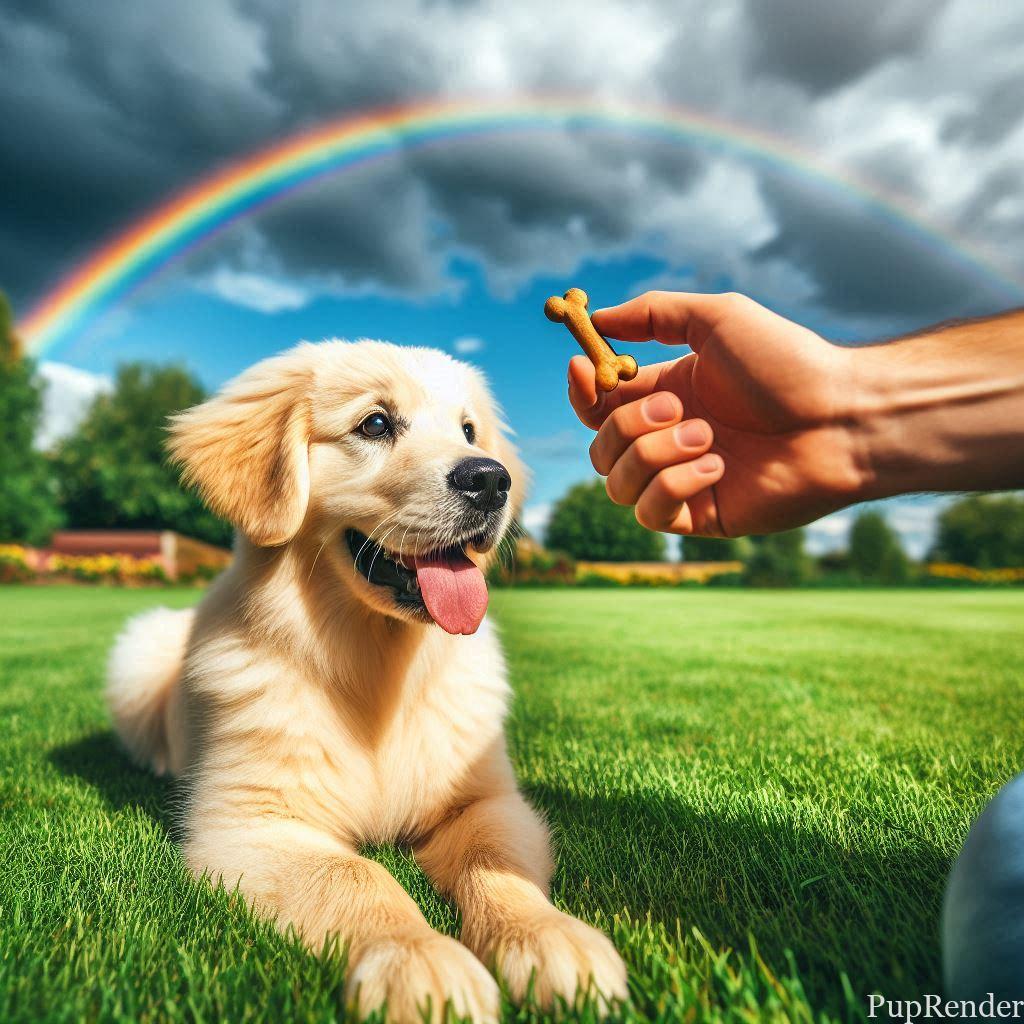The Best Practices for Dog Behavioral Training
Training your dog is an essential part of ensuring a happy and well-behaved pet. But, as many pet owners know, behavioral training isn’t always easy. In this post, we’ll dive into the best practices for dog behavioral training, offering tips to make the process smoother and more effective.
Start Training Early
The earlier you begin training your dog, the better. Puppies are incredibly receptive to learning, and by starting early, you can prevent unwanted behaviors from becoming habits. If you’re unsure where to begin, check out our guide on essential dog training tips

Use Positive Reinforcement
Positive reinforcement is one of the most effective techniques for dog training. It involves rewarding good behavior to encourage your dog to repeat it. For example, when your dog follows a command, praise them or offer a treat.
Check out our post on how to encourage good behavior in dogs for more tips.
Be Consistent
Consistency is key in dog training. Ensure everyone in your household is using the same commands and rewarding systems to avoid confusing your dog. Dogs thrive on routine, so make training a regular part of their day. Learn more about why consistent training is crucial for your dog’s behavior.

Address Behavioral Issues Early
If your dog is showing signs of behavioral problems, such as excessive barking or aggression, it’s important to address these issues as soon as possible. Unchecked behavior can escalate and become harder to manage. For example, excessive barking might be linked to anxiety or boredom. Learn more about dealing with common behavioral issues in our article on how to handle a dog’s aggression towards other animals.
Socialize Your Dog
Socialization is a key component of training that helps dogs feel comfortable around different people, environments, and other animals. It’s best to expose them to various situations early to prevent fear-based behaviors later on.
For a deeper understanding, read our guide on the benefits of socializing your dog early.
Work with Professional Trainers
If you’re struggling with certain aspects of training, don’t hesitate to reach out to a professional dog trainer. Certified trainers can offer insights and techniques to correct problem behaviors. Find out more about choosing the best dog training classes for your pet.

Patience and Persistence
Training your dog takes time. Dogs don’t learn behaviors overnight, and it’s important to be patient and persistent. Celebrate small victories and stay consistent with your training routine. With time, you’ll see improvements in your dog’s behavior.
For more tips on dog training and behavior, check out our related post on common dog behavioral problems and solutions.
For more in-depth insights, check out this expert guide from the American Kennel Club on dog training. You can also explore this research by the ASPCA for effective training techniques.





